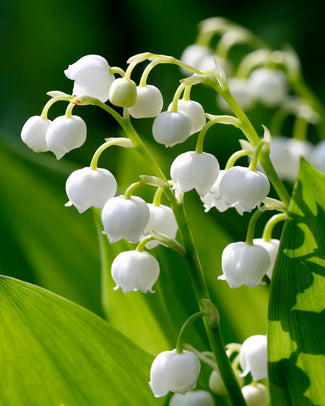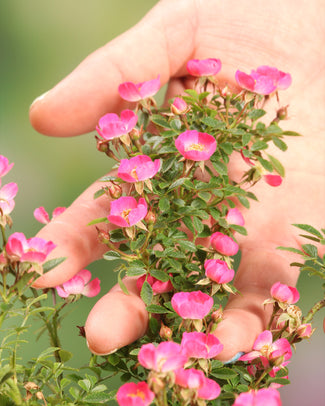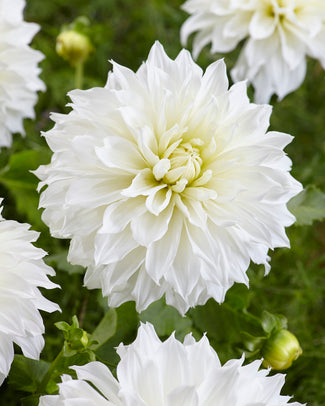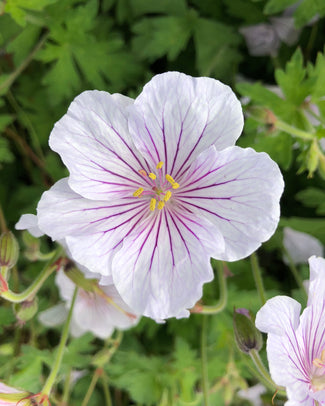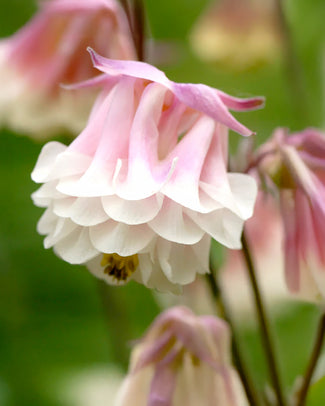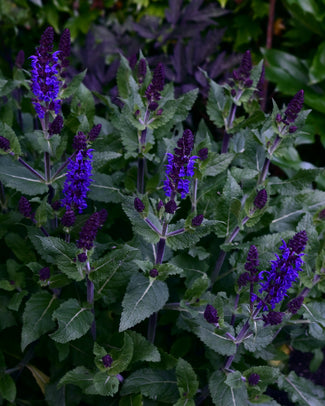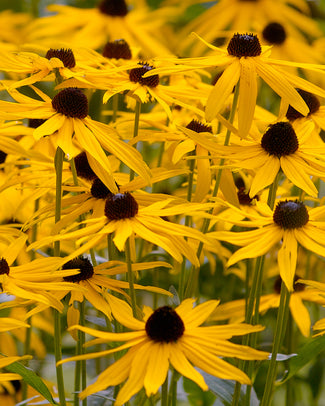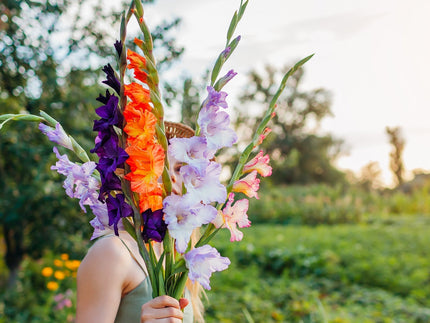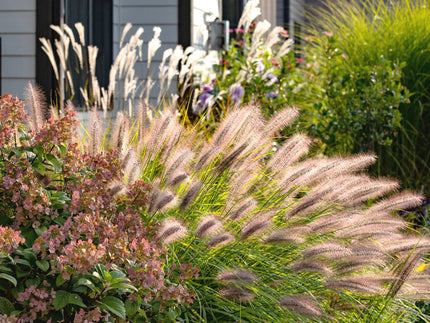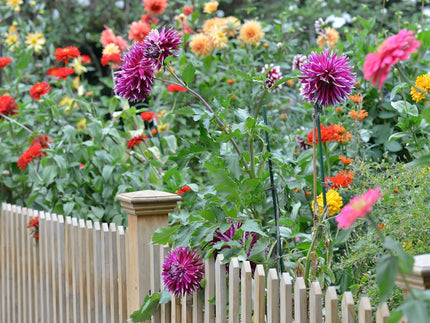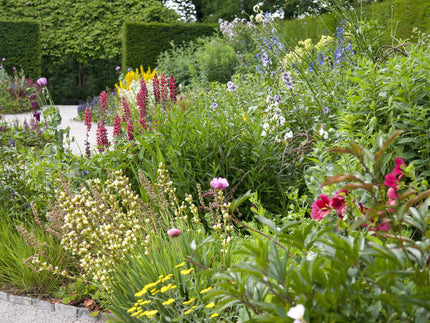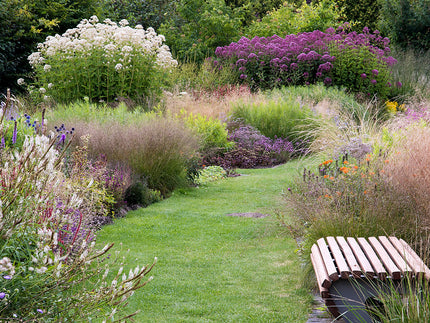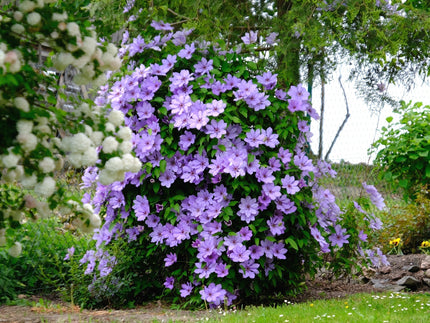How to plant Gypsophila
Commonly called Baby’s Breath, it’s not only a favourite for use as cut flowers but makes a beautiful garden perennial too. Gypsophila flowers create a froth of pink or white tiny blooms that float above the narrow foliage on slender stems. This delicate display may look fragile but don’t be fooled - Gypsophila is surprisingly tough and low maintenance once established. Its best grown in full sun, drifting through the middle of borders among other summer flowering perennials.
How to plant
- Gypsophila are supplied in autumn and spring, bare root plants should always be planted in the same season as supplied, ideally within a week of delivery.
- Plant Gypsophila between February and May, or September and December. Depending on when they’re sent to you.
- Soak the roots in water for 3-6 hours prior to planting. Pot into temporary 2 litre (or 15-20cm diameter) pots, using a good quality multi-purpose compost.
- Plant so that the roots are fully submerged in soil and with the crown with buds just below the soil surface, any twiggy stems or shoots should be exposed above the soil surface. Water thoroughly after planting.
- Grow them on in a sheltered spot outside. They can be transplanted into borders in a suitable location in spring, summer or autumn, once growth is established and the plant easily comes out of the pot with the soil held intact by the roots.
- Gypsophila thrives in fertile, light, well drained soils. Avoid very heavy clay soils or soils that sit wet in winter, which may cause the roots to rot. Choose a position in full sun.
- This perennial is fully hardy and does not require winter protection.
- Water-in after planting and keep well hydrated when in growth, particularly during the first year.
Aftercare
- Gypsophila will start to produce new leaves in the spring. Airy sprays of flowers appear from July to August.
- Deadhead faded sprays of flowers to encourage more to be produced.
- The stems will naturally die back in late autumn and can then be trimmed away to around 3cm above ground level.
- Once established, these hardy perennials require virtually no further maintenance.
































































































































































































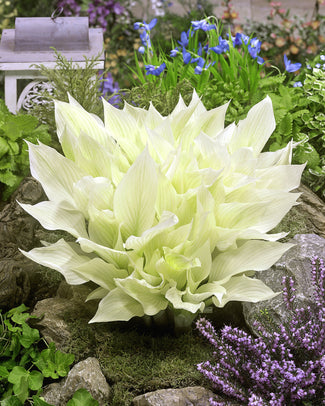
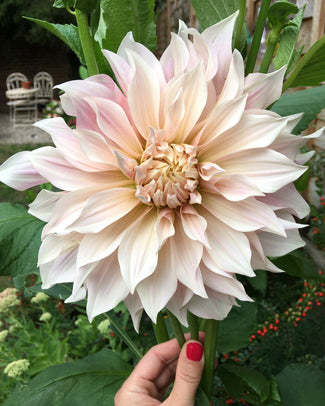
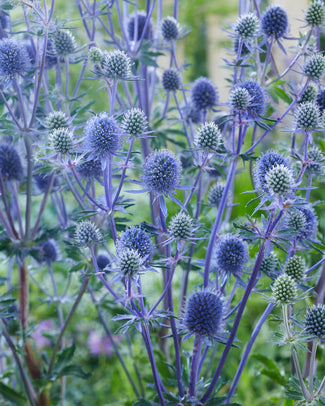
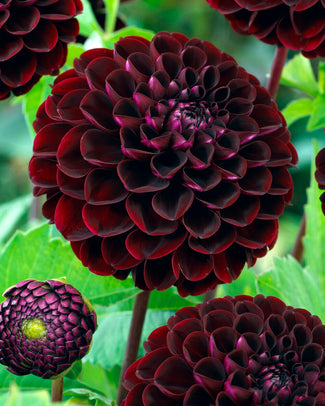
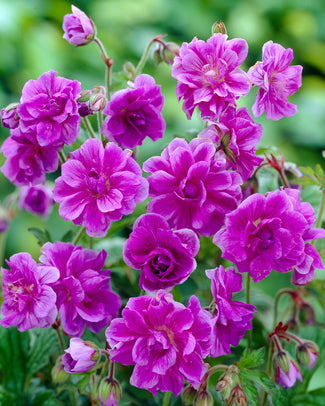
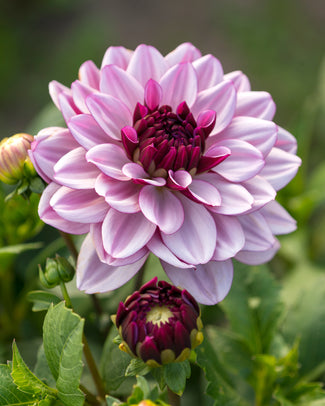
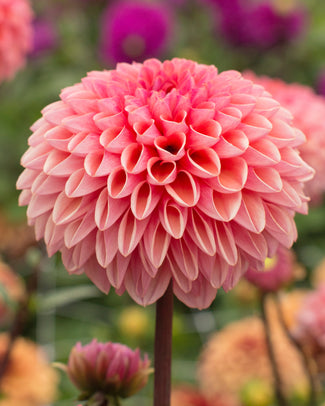
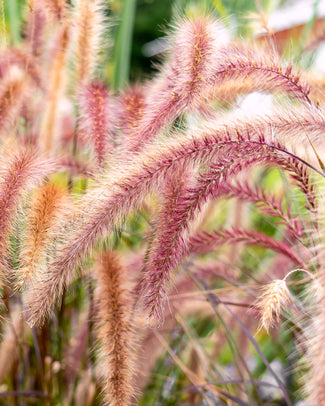
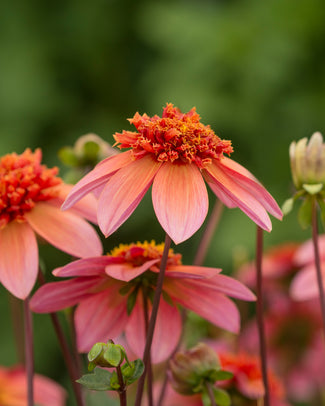
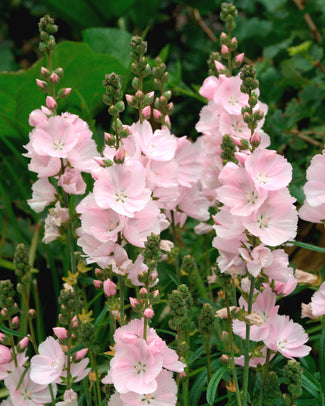
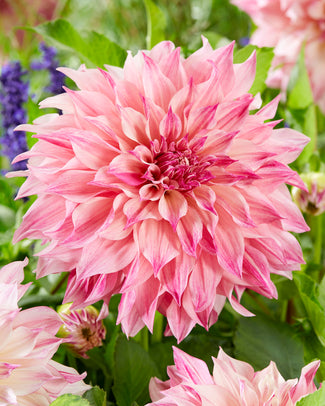
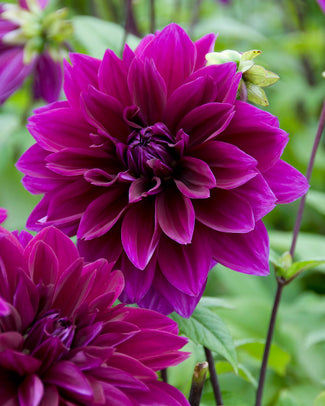
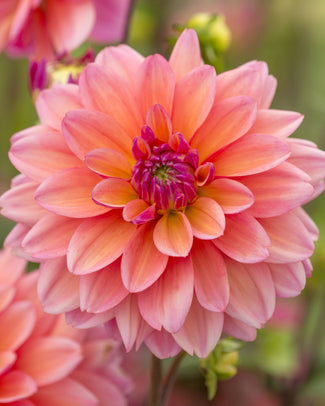
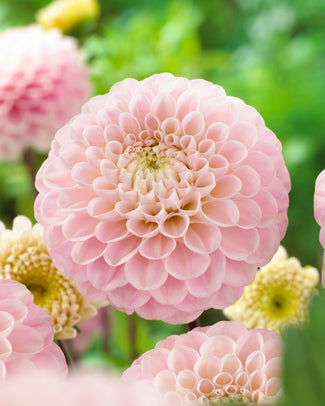
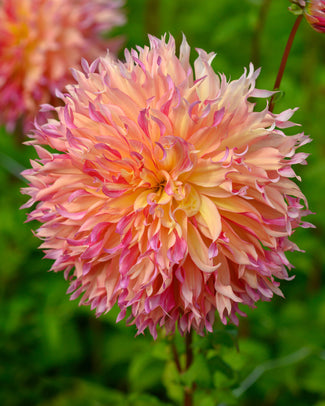
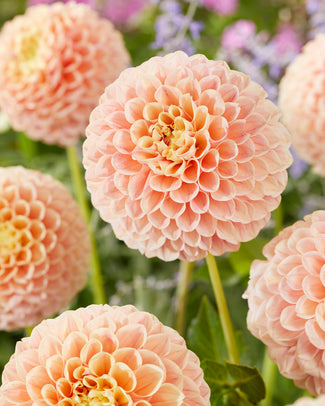
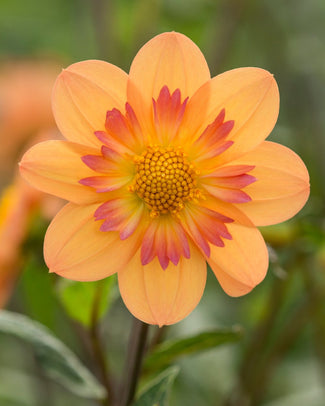
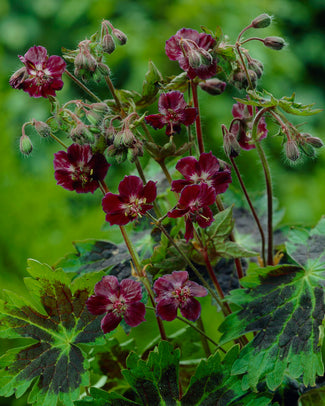
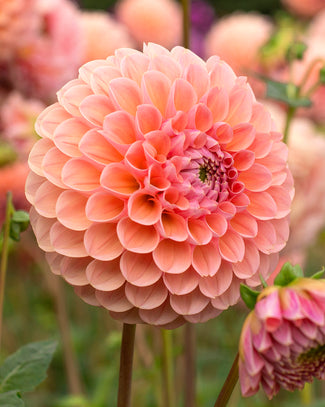
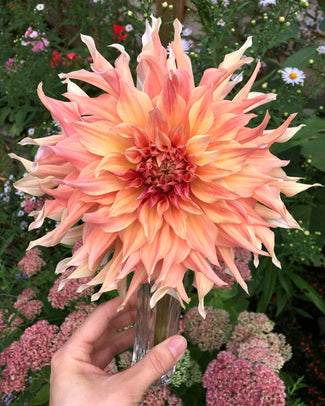
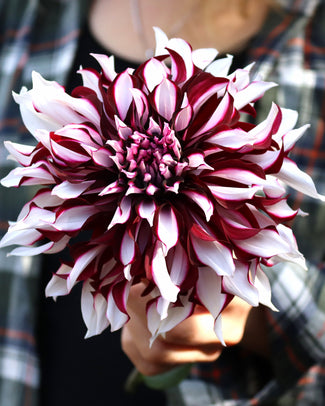
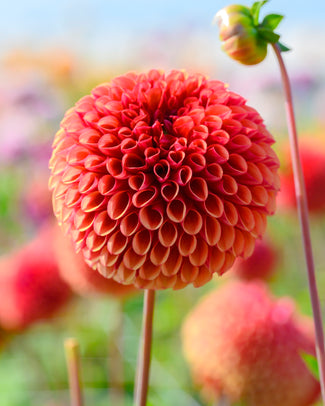
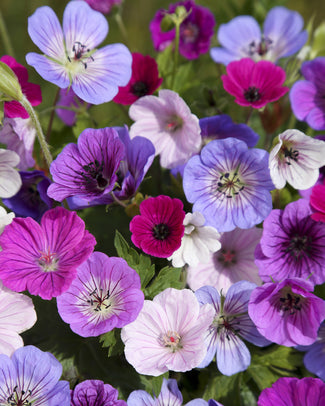
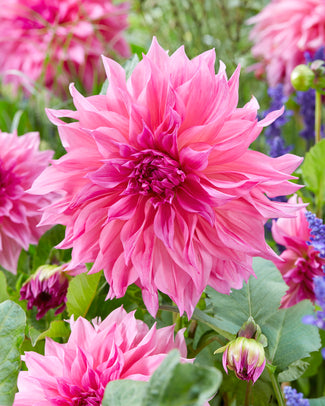
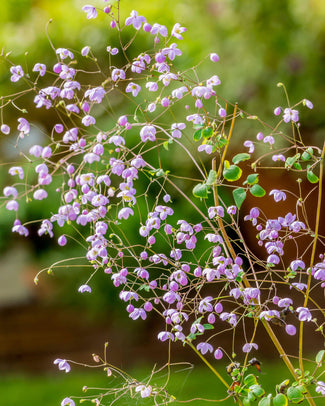
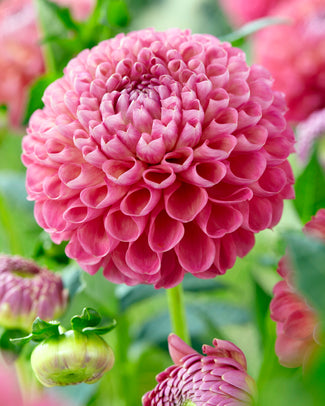
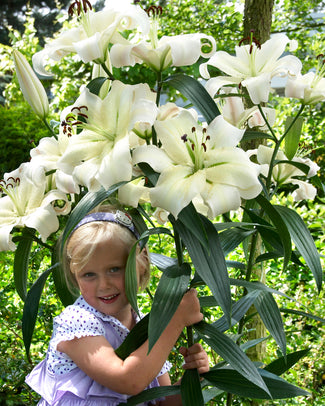
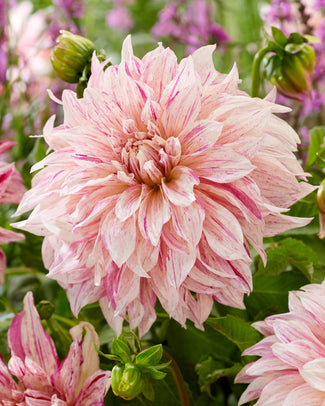
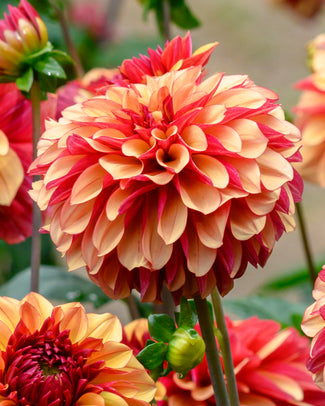
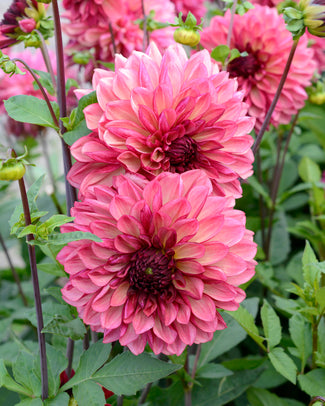
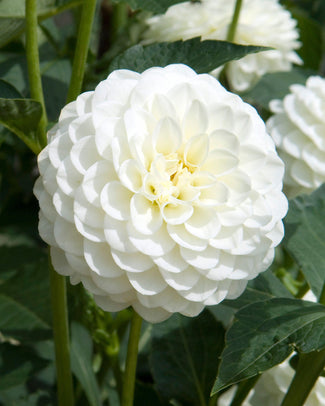
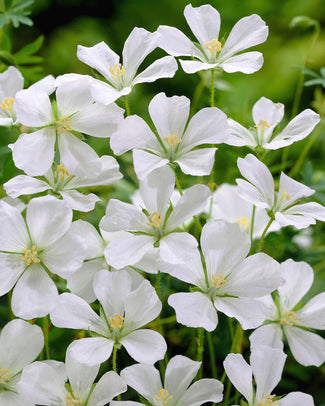
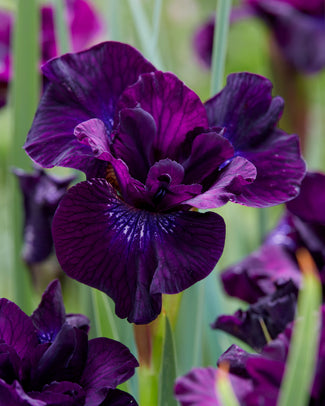
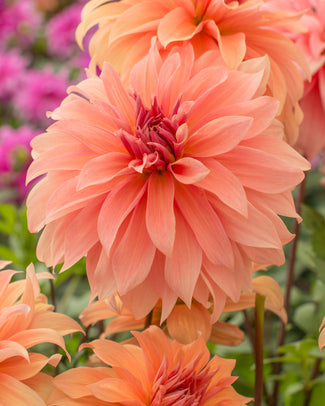
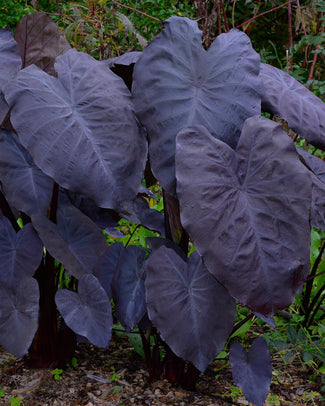
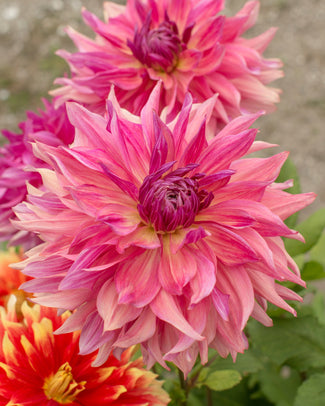
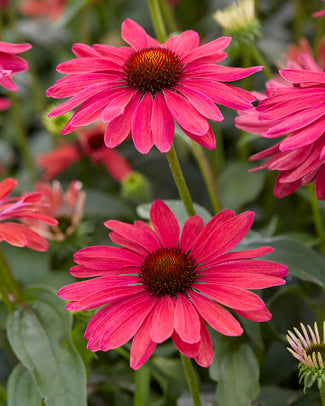
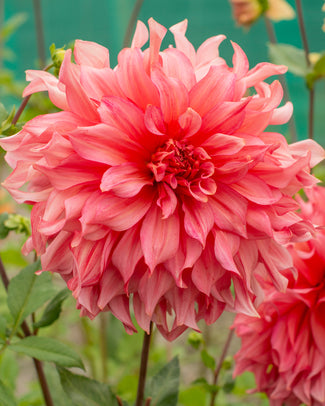
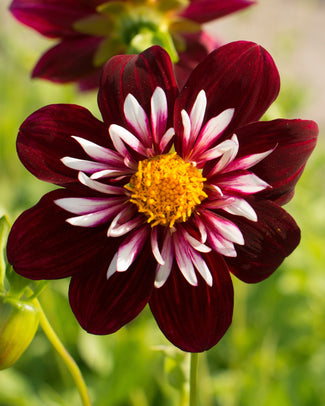
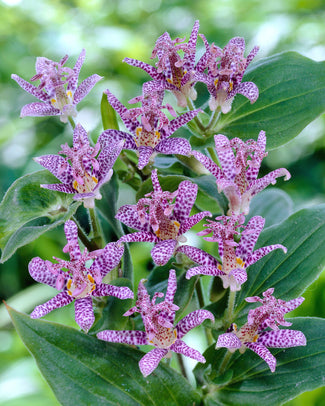
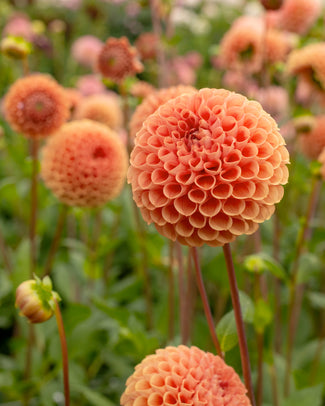
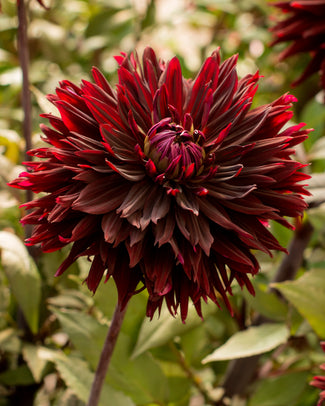
![Agapanthus 'Black Buddhist' []](http://www.farmergracy.co.uk/cdn/shop/products/agapanthus-black-buddhist-1_325x.jpg?v=1575625838)
